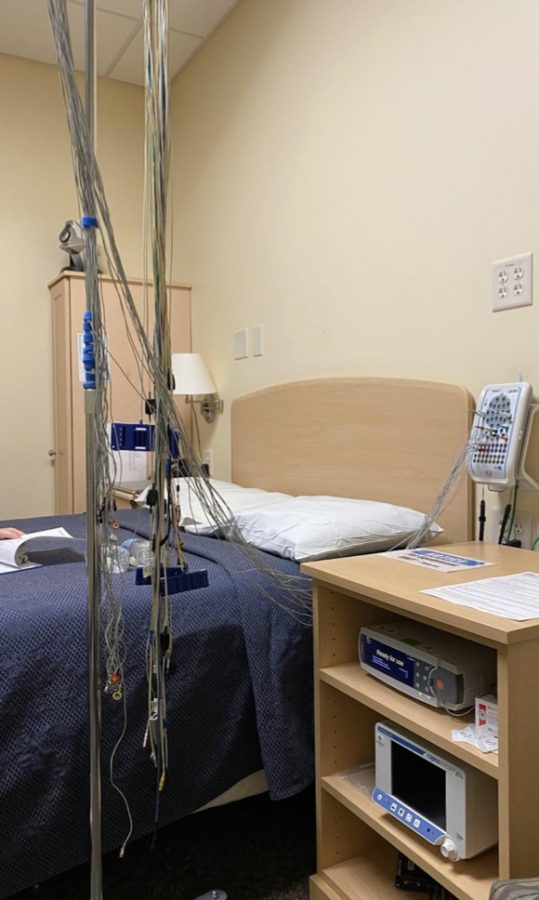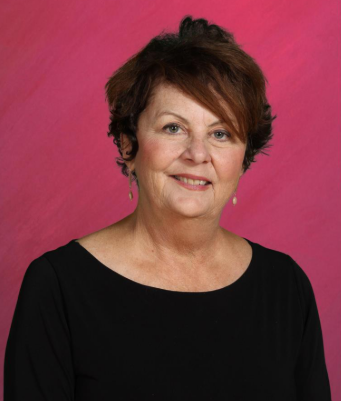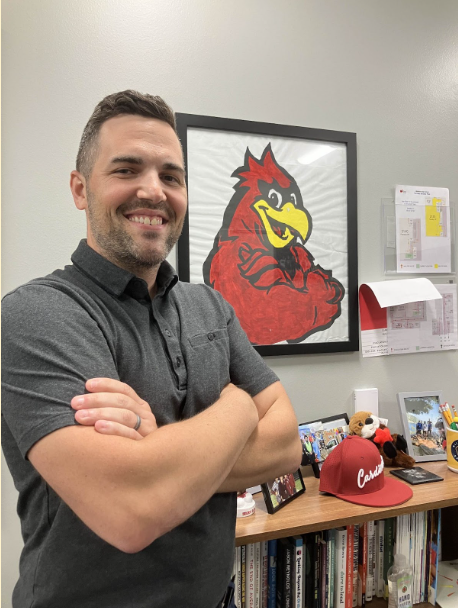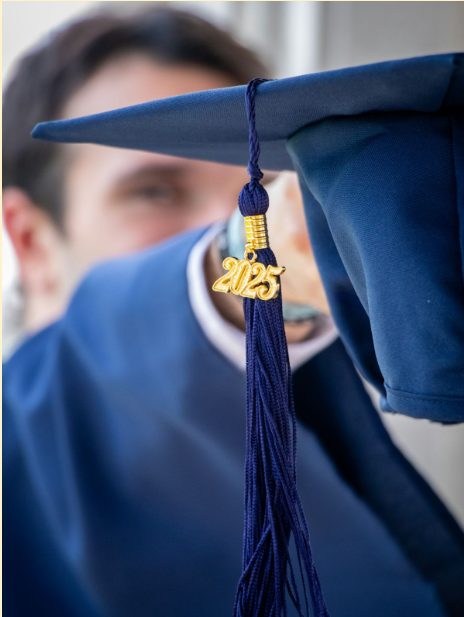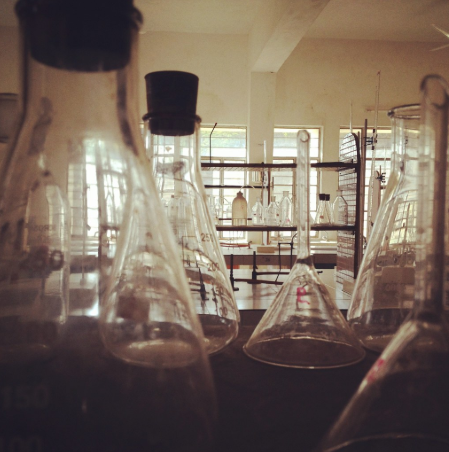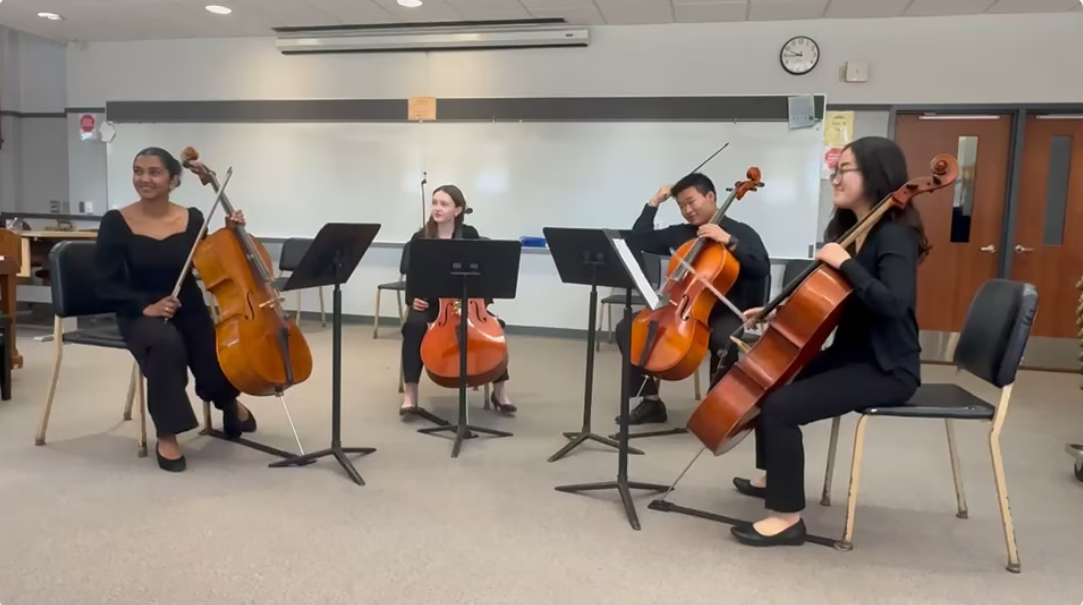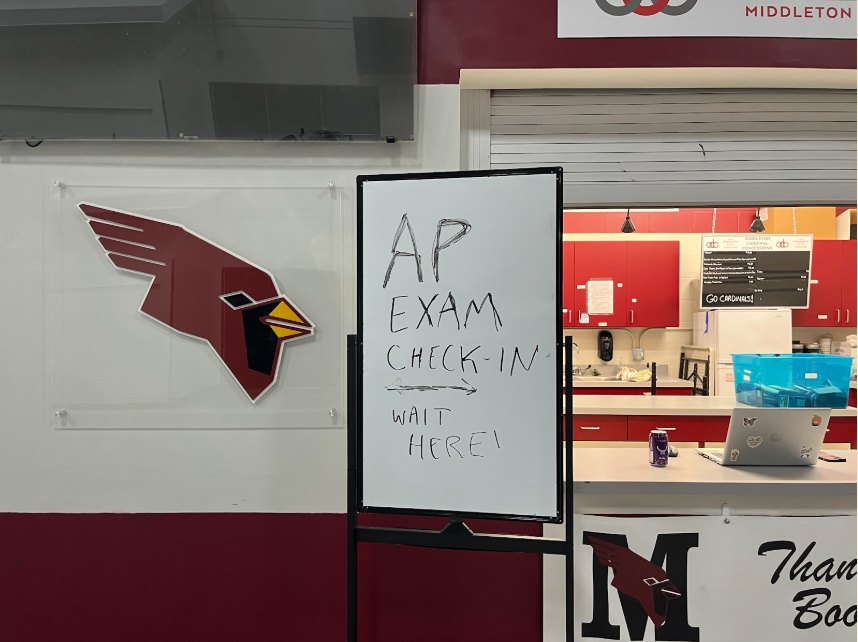The Science of Sleep
Sleep unit at the Wisconsin Sleep Clinic.
March 24, 2023
Sleep is the periodic, natural loss of consciousness. The unconsciousness reached in sleep is distinct from other forms that result from a coma, general anesthesia or hibernation, according to Myer’s Psychology for AP textbook, and it allows the body to recharge for the next day. In adolescents, sleep is critical for growth and development.
Sleep is important for development because it allows the body to repair damage, produce hormones for growth, and build muscle. For adolescents, 8-10 hours of sleep is recommended. Sleep deprivation is common, primarily in young adults.
Trying to balance things such as sports, school and work can lead to long nights which results in less sleep. According to the National Heart, Lung and Blood Institute, an inadequate amount of sleep for a long period of time can lead to many bodily problems, such as chronic illnesses like high blood pressure, heart and kidney diseases, depression, obesity, diabetes, and strokes. In other cases, a medical condition may lead teens or adults to struggle to get the sleep they need, in which case a medical diagnosis can help improve quality of life.
If an individual has trouble sleeping, does not feel well rested, or wants to know more about their sleeping patterns, they might consider participating in a sleep study. Polysomnography, the study of sleep, helps people to better understand their sleep patterns by monitoring heart rate, breathing, leg and eye movements, brain waves and oxygen levels. This data is used to determine whether a patient has a sleeping disorder or not. Through studies, sleep specialists are able to identify when and why a patient’s sleep is being disturbed.
When the patient first arrives at a sleep center, they are directed to a room where they will be sleeping for the night. Later, a somnologist will come in and hook up multiple wires that monitor different areas of the body, including the brain, legs and eyes, to monitor movement as well as breathing patterns. After sleeping for a targeted eight to nine hours, the patient returns home.A few days later, the results are sent back for the patient and their families to analyze. Based on the results, the patient may be diagnosed with a sleep condition, for which there are different treatments available.
Sleep apnea is a common sleep condition, with 18 million Americans diagnosed in the United States. Sleep apnea is a sleeping disorder when breathing stops and starts multiple times at night. One of the treatments that a doctor might recommend for sleep apnea is a CPAP machine. A CPAP machine keeps airways open while delivering oxygen through the nose and mouth during sleep.



